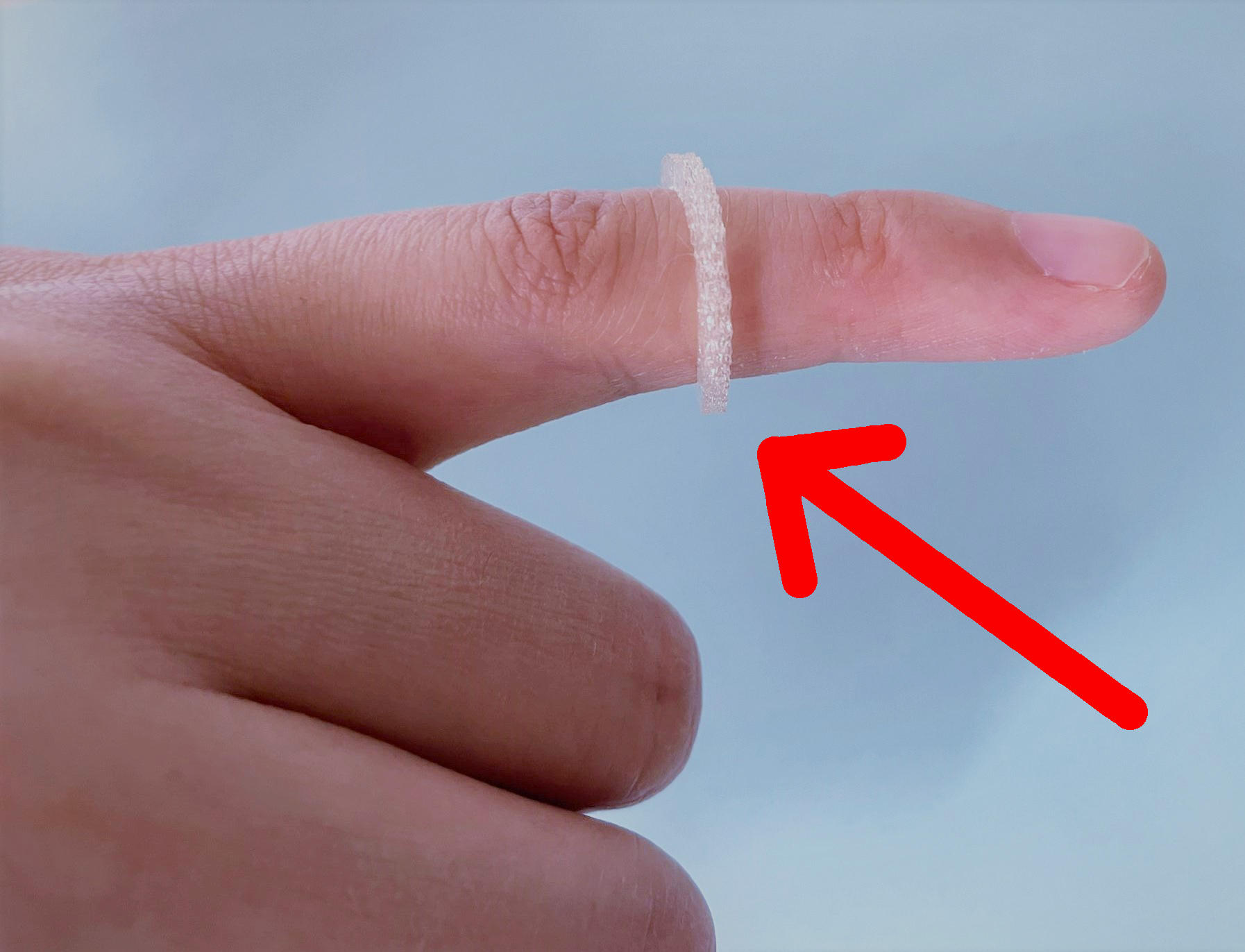Suitable as an engagement ring?
By
 |
| This is what the ring looks like that could help repel insects. Credit: Uni Halle / Fanfan Du |
The researchers used “IR3535” an insect repellent developed by MERCK, to create their prototypes.
“Mosquito sprays containing IR3535 are very gentle on the skin and have been used all over the world for many years. That’s why we’ve been using the agent for our experiments”, says Professor René Androsch from the MLU.
It typically comes in the form
of a spray or lotion and provides protection for several hours. However,
Androsch and his colleagues are searching for methods to release the agent over
a much longer length of time, such as encapsulating it in a wearable ring or
bracelet.
Insect repellent was carefully inserted into a biodegradable polymer using a specialized 3D printing technology, and the mixture of substances was successfully shaped in various ways. “The basic idea is that the insect repellent continuously evaporates and forms a barrier for insects”, explains the lead author of the study, Fanfan Du, a doctoral candidate at MLU.
The rate at which the insect repellent evaporates depends on many different factors, including temperature, concentration, and the structure of the polymer used. After conducting various experiments and simulations, the team predicts that the insect repellent needs well over a week to evaporate completely at a temperature of 37°C (98,6 °F, i.e., body temperature).
While the researchers have
proven that it is absolutely possible to develop a wearable insect repellent,
the rings and other forms created for the study are only prototypes. According
to Androsch, further research needs to be carried out to determine how well the
rings function under actual conditions. The encapsulation material could also
be further optimized.
Reference: “3D-printing of the
polymer/insect-repellent system poly(l-lactic acid)/ethyl
butylacetylaminopropionate (PLLA/IR3535)” by Fanfan Du, Harald Rupp, Katalee
Jariyavidyanont, Andreas Janke, Albrecht Petzold, Wolfgang Binder and René
Androsch, 14 July 2022, International Journal of Pharmaceutics.
DOI:
10.1016/j.ijpharm.2022.122023
The study was funded by the
German Research Foundation and within the framework of the graduate school
“AGRIPOLY” at MLU. “AGRIPOLY” is funded by the European Social Fund (ESF) and
the state of Saxony-Anhalt.